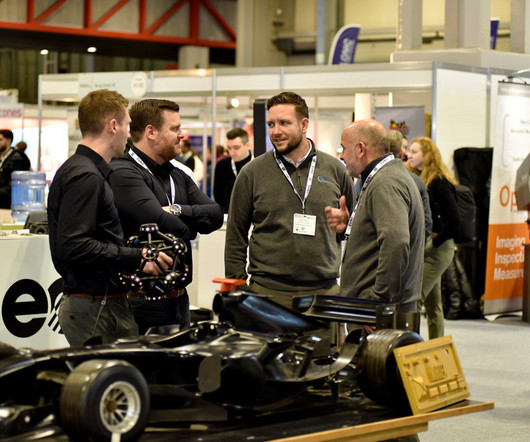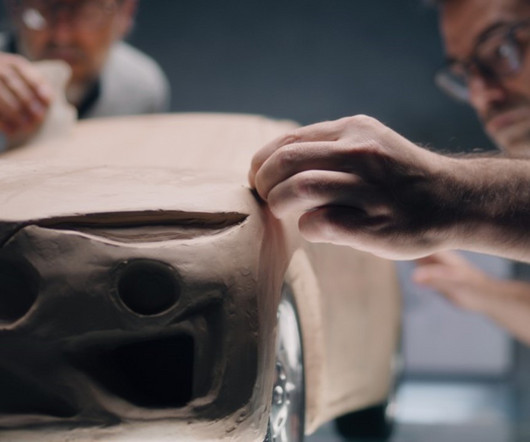Top Manufacturing Technologies Driving the Future of Automotive & Aerospace Industries
Frost & Sullivan Manufacturing
FEBRUARY 12, 2025
The automotive and aerospace manufacturing industries are undergoing a profound transformation fueled by the rapid adoption of electric vehicles (EVs), sustainable aviation fuels (SAFs), and smart manufacturing technologies. Sustainability Gains: Optimized material use and waste reduction promote greener practices.













Let's personalize your content